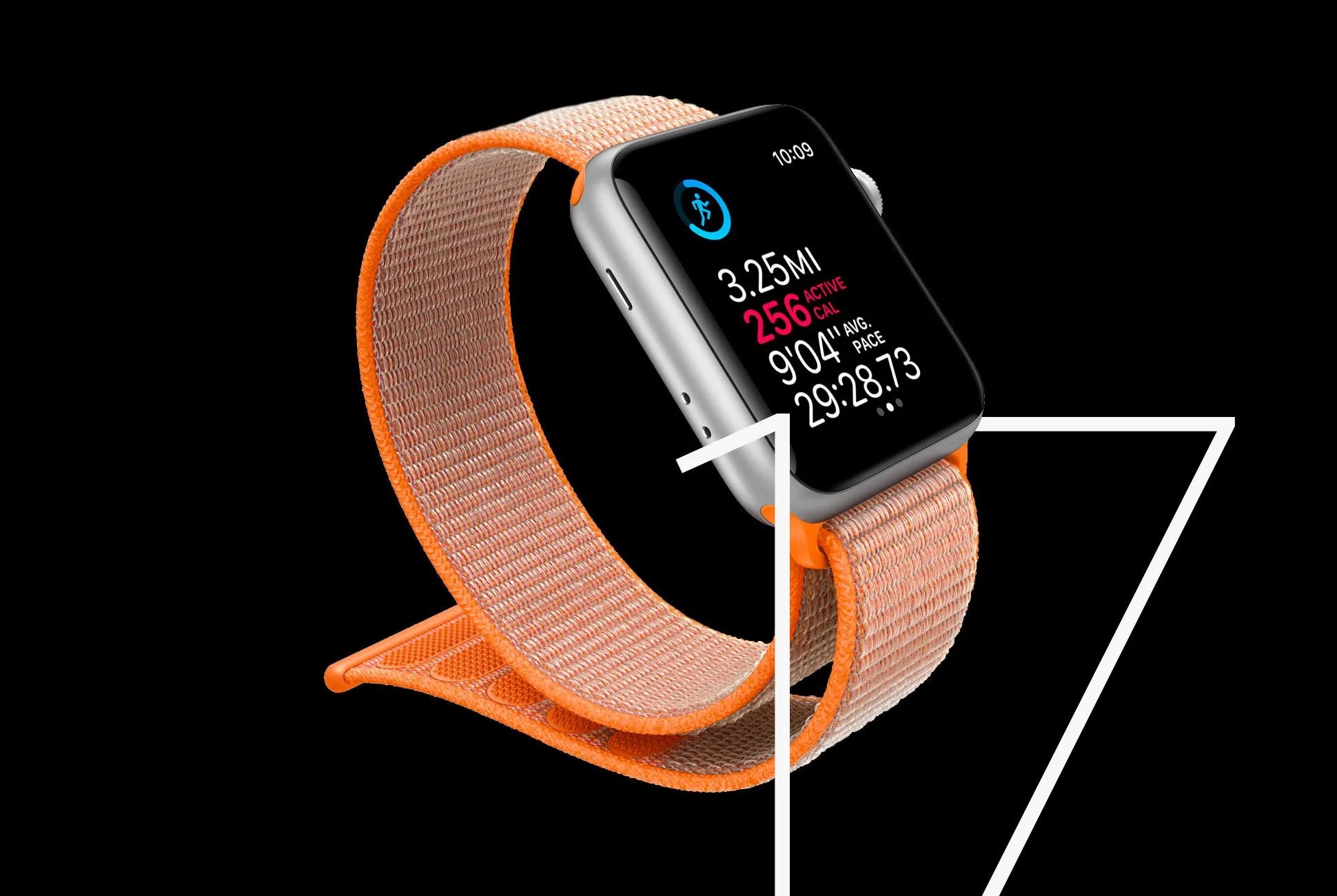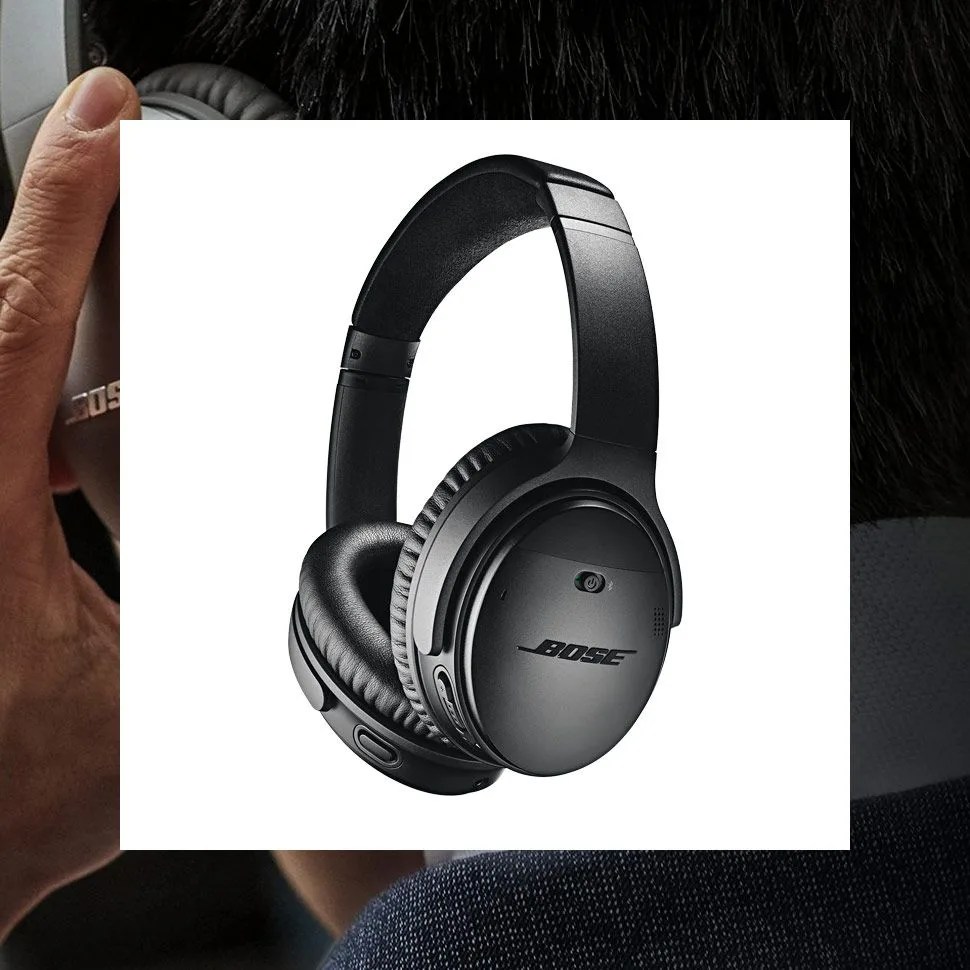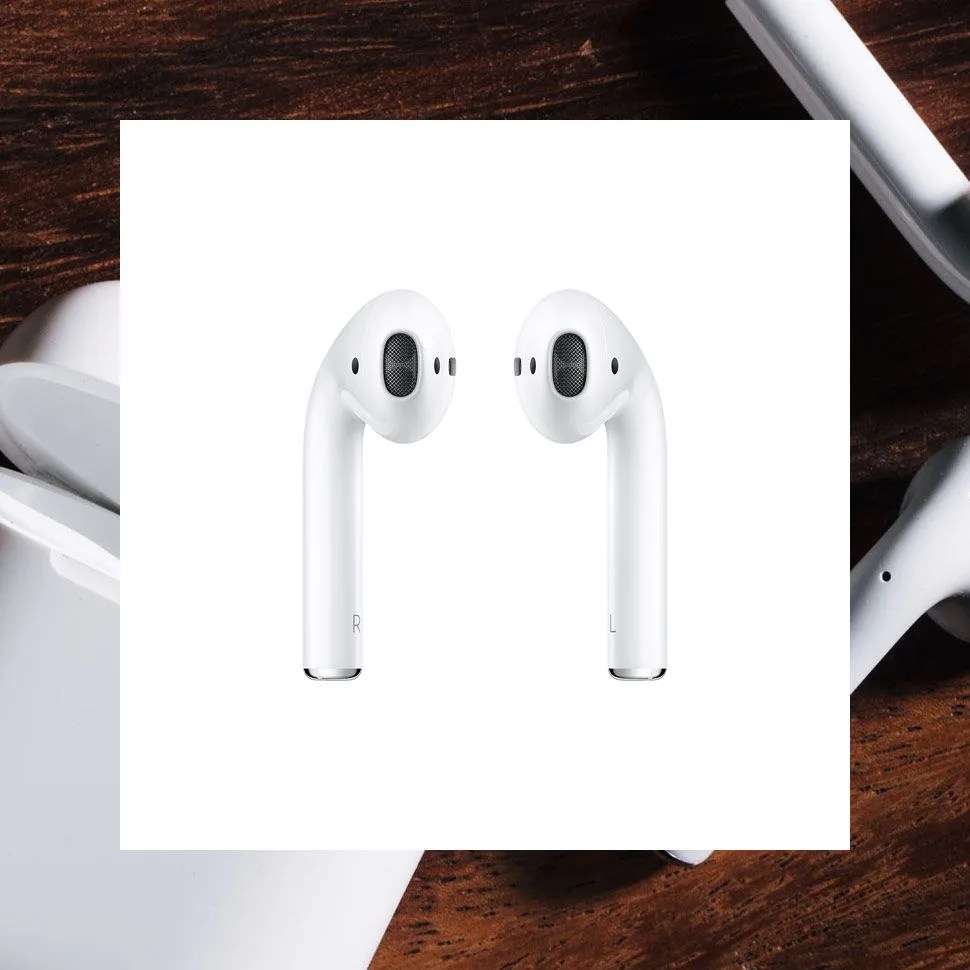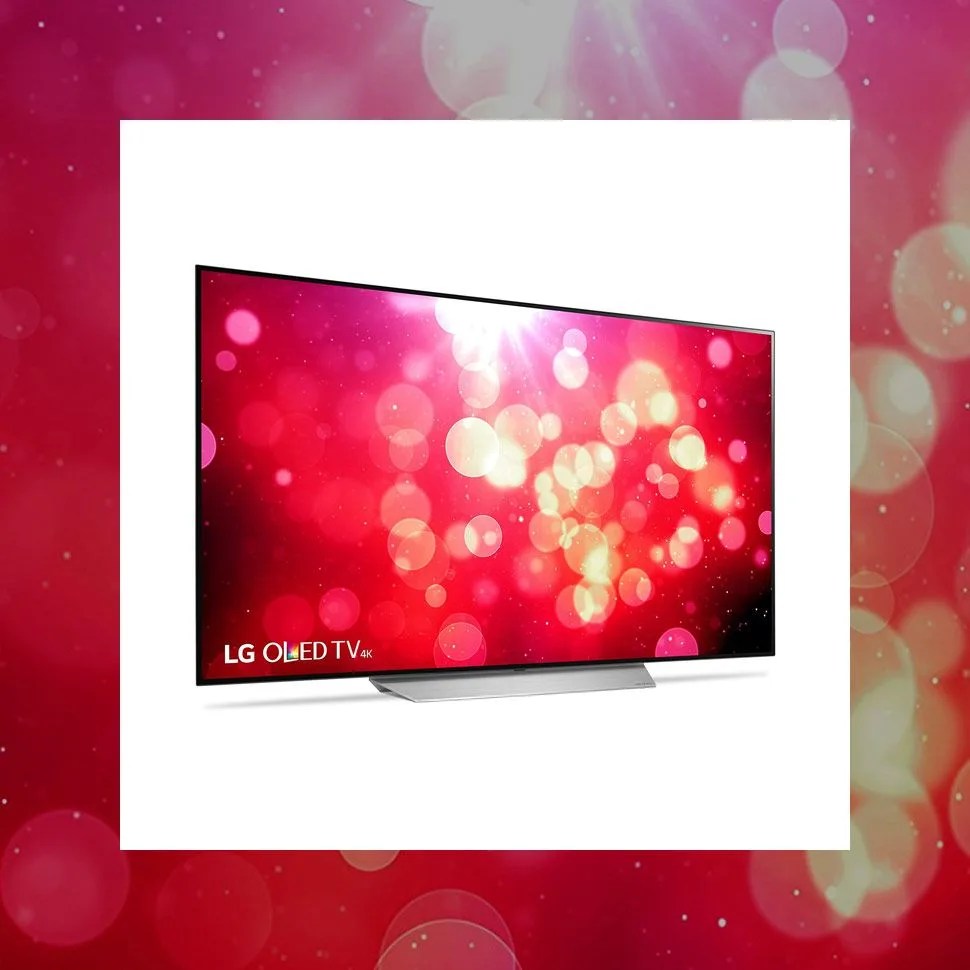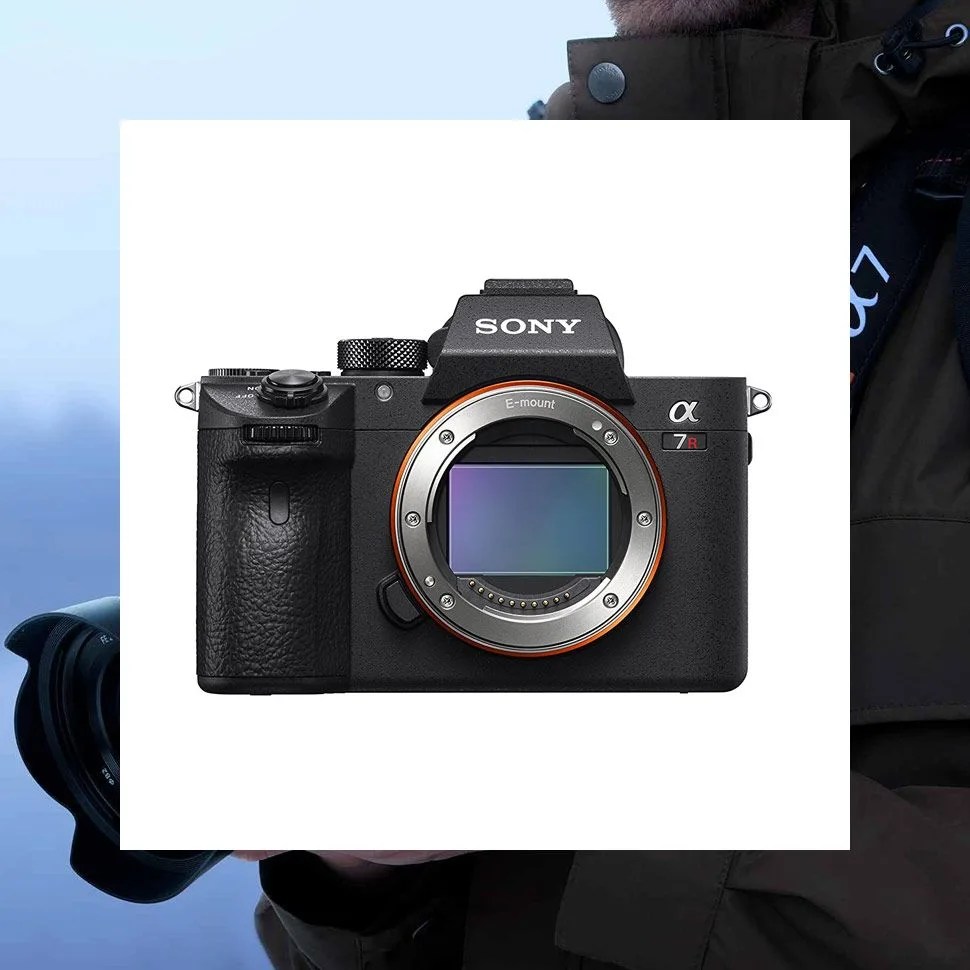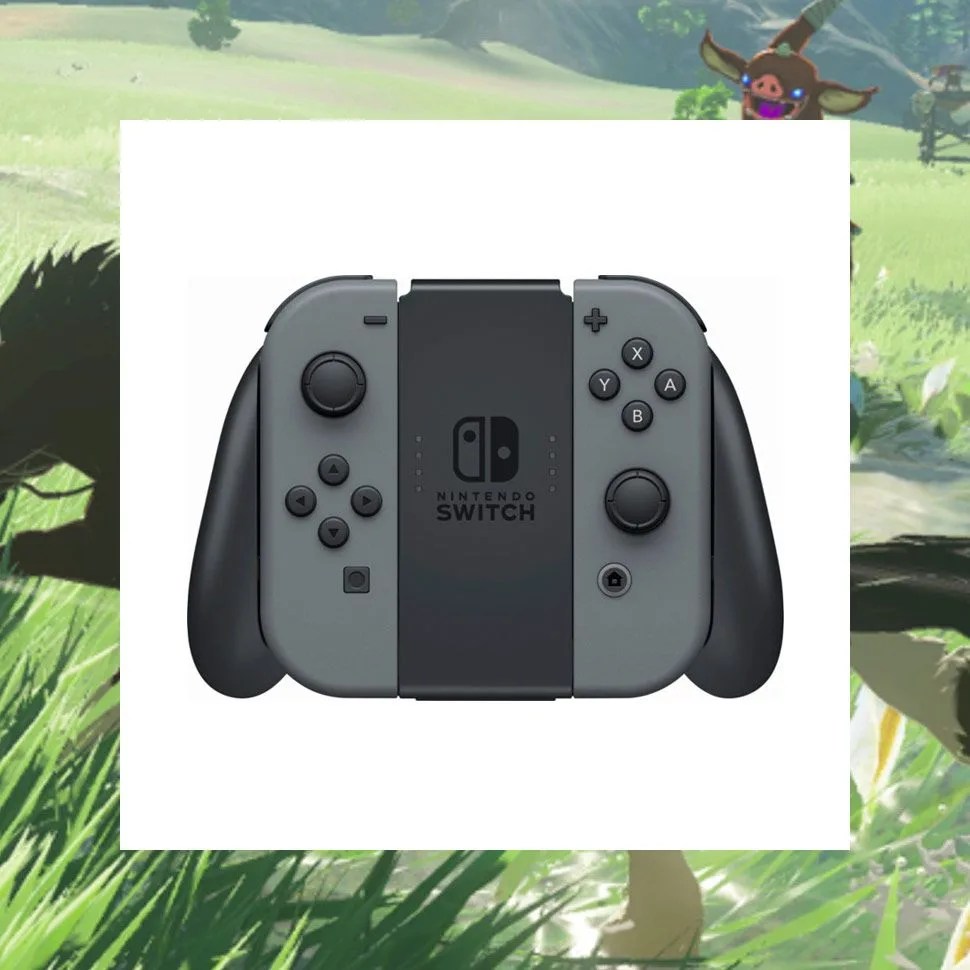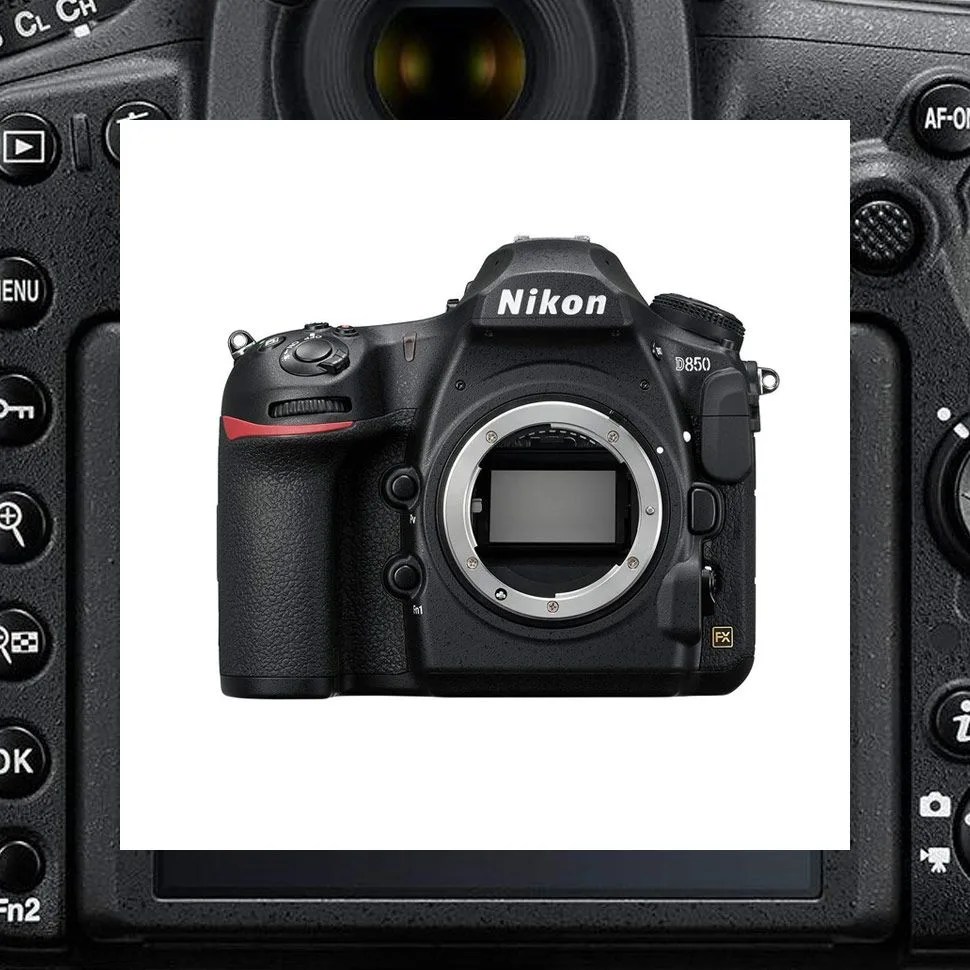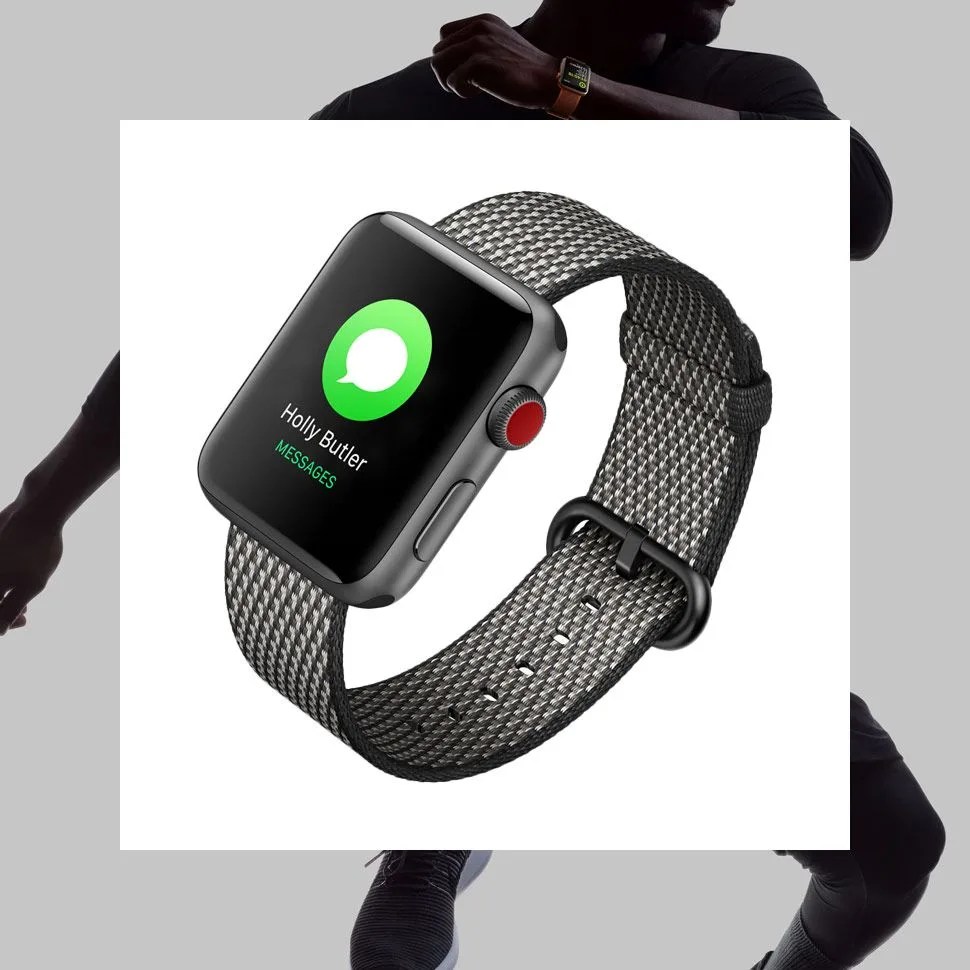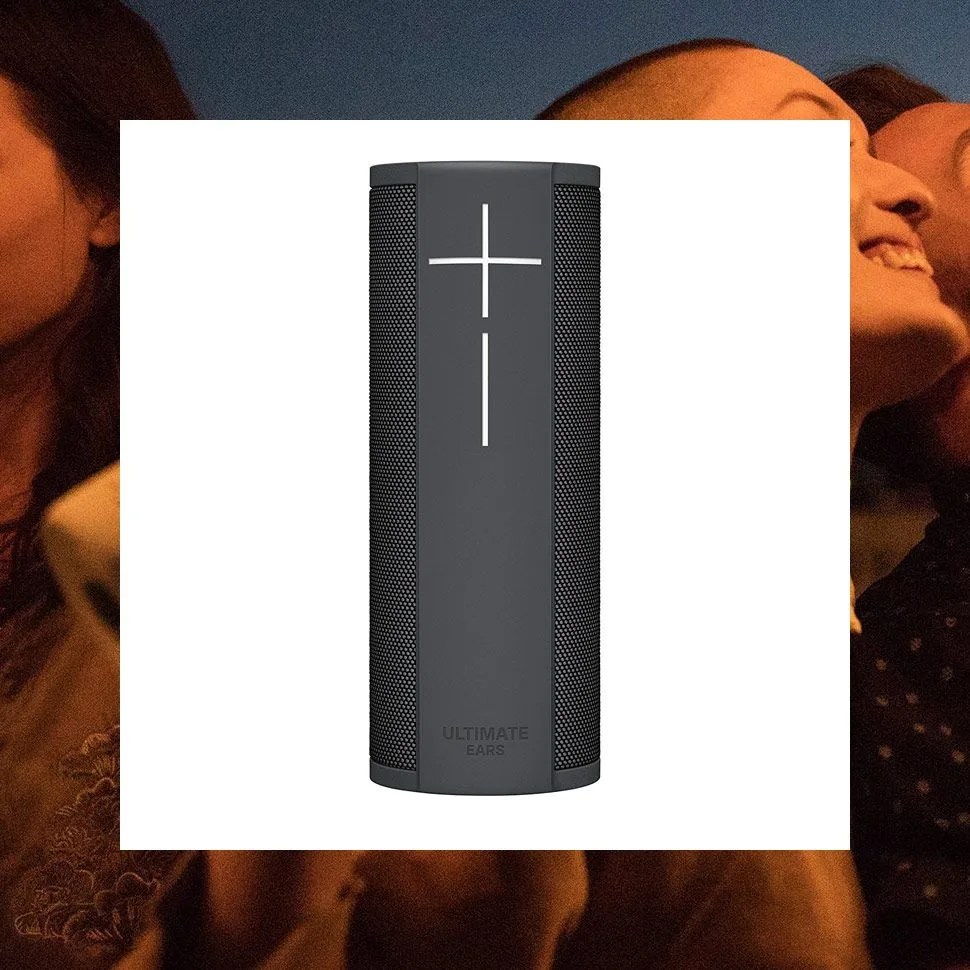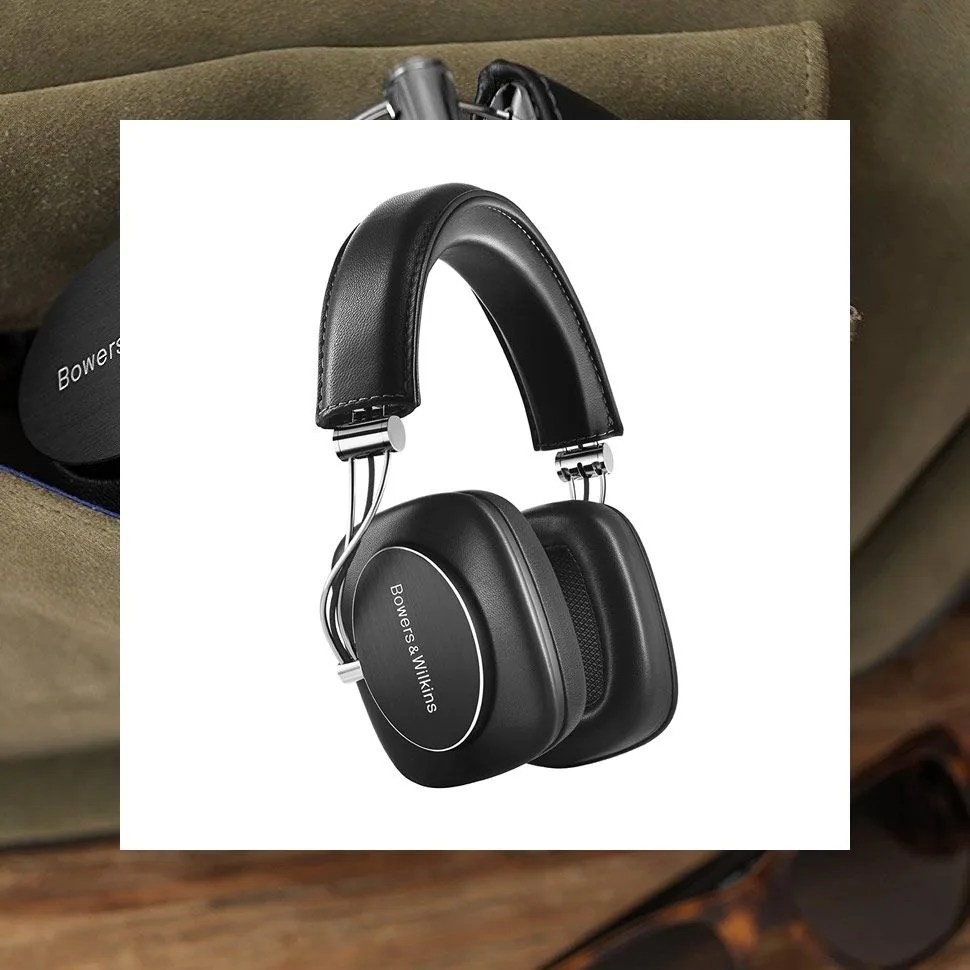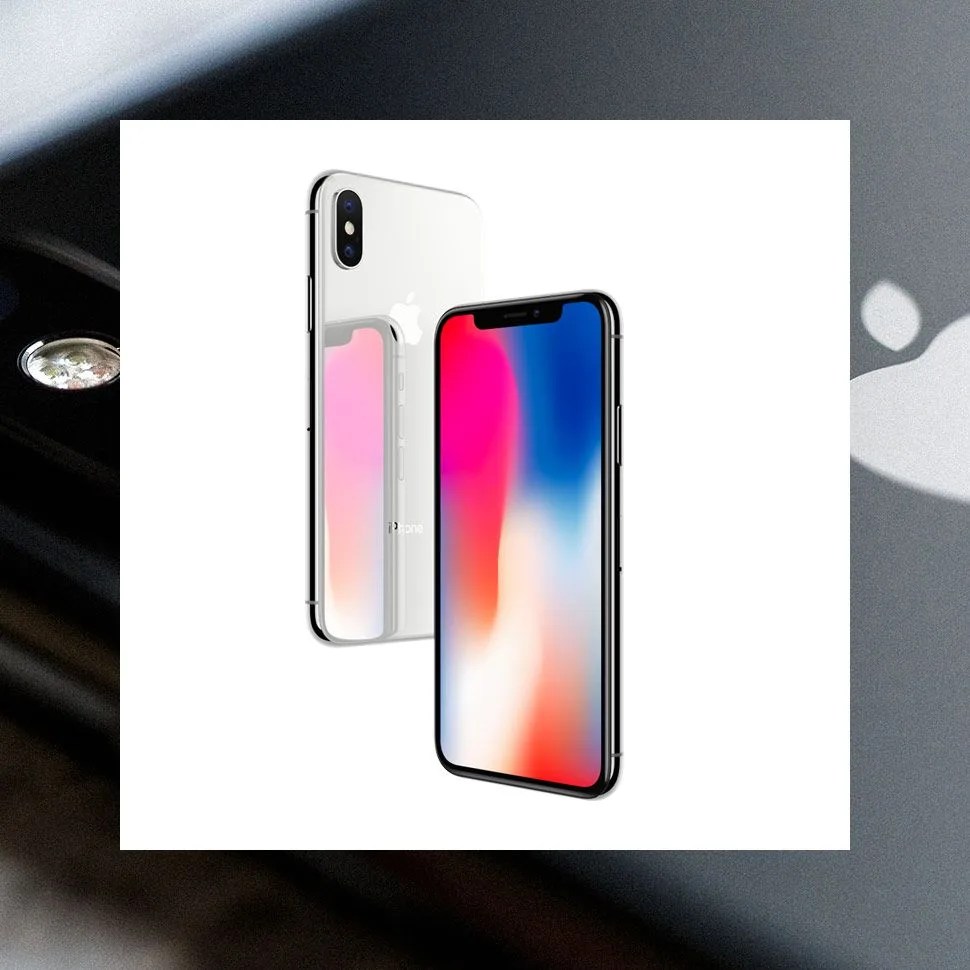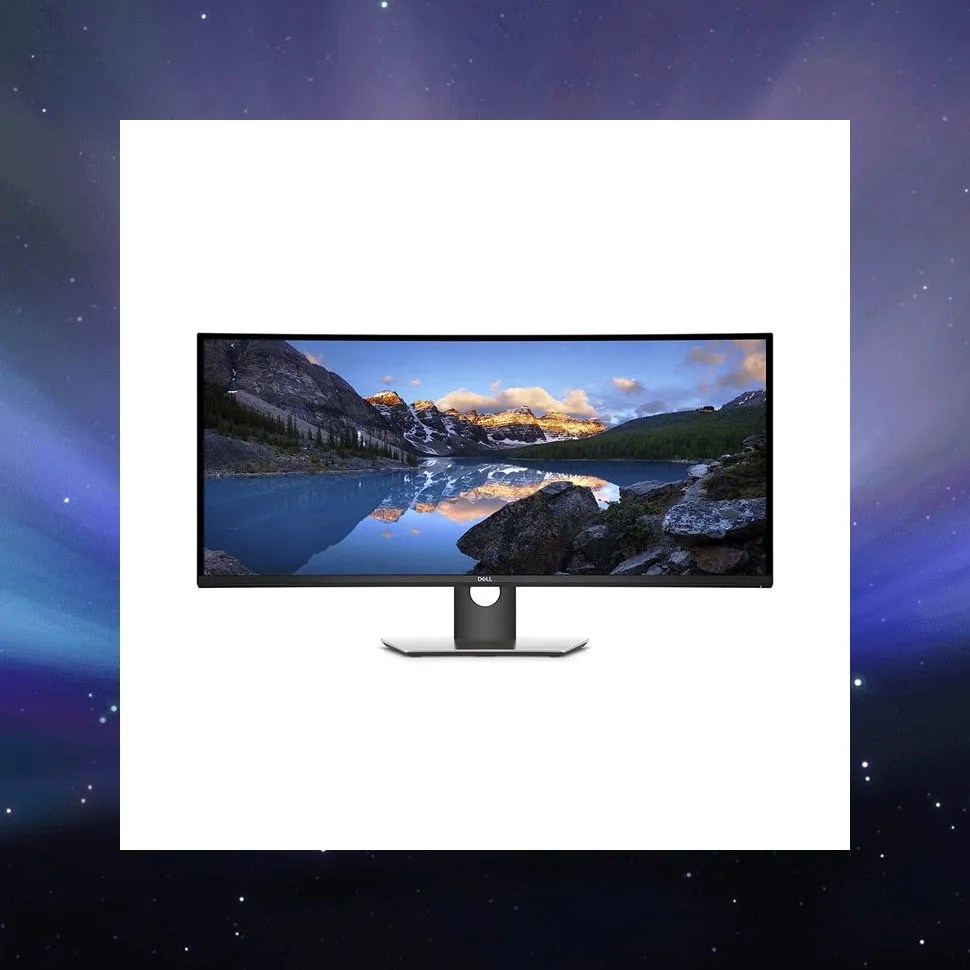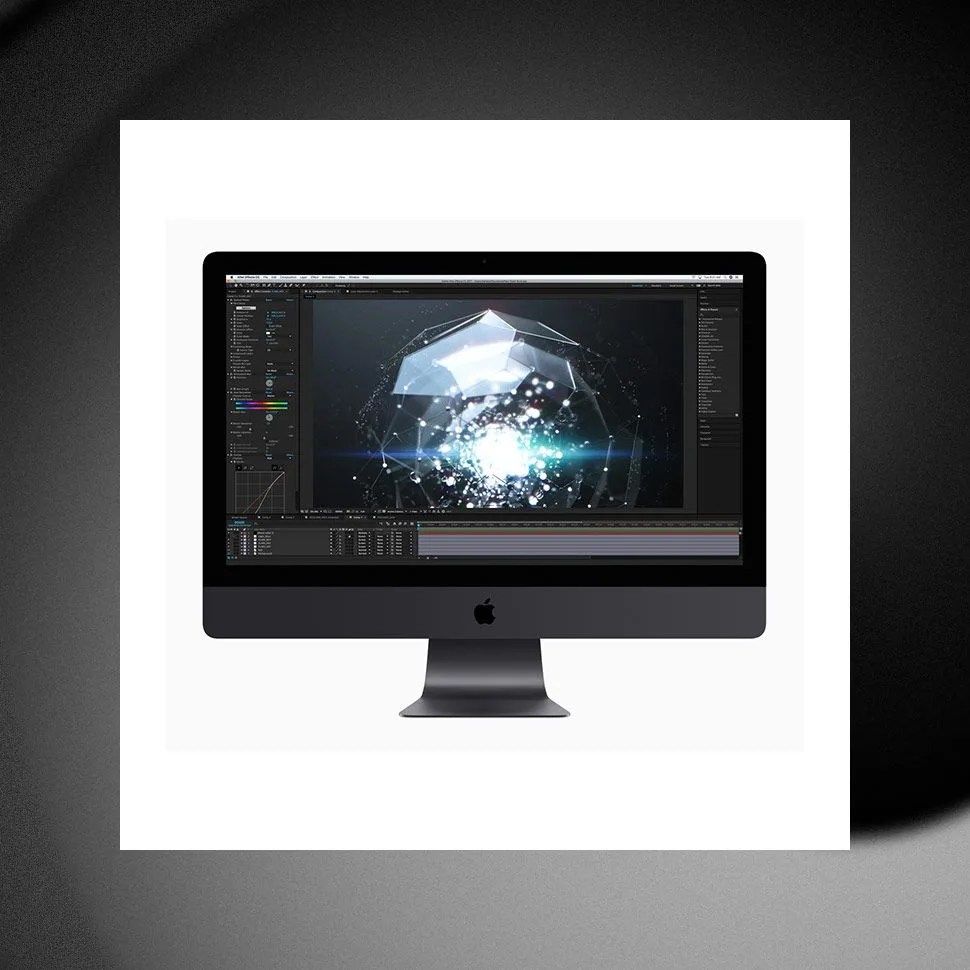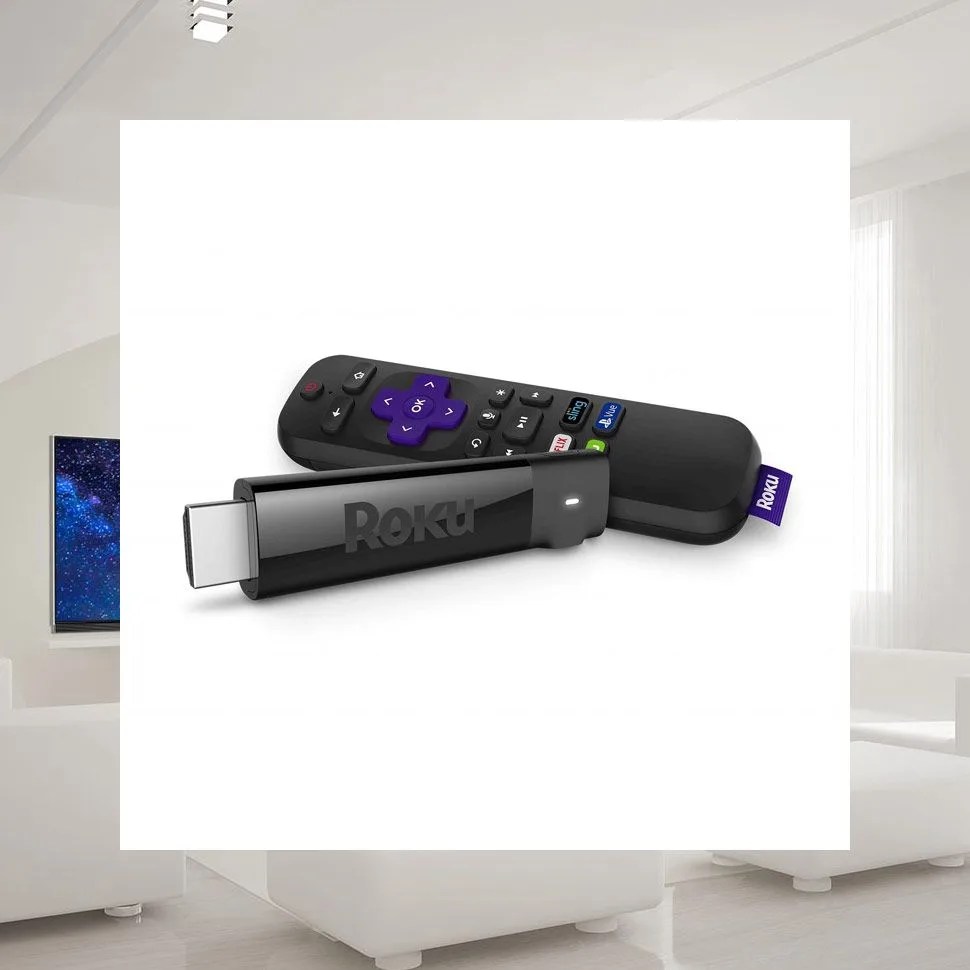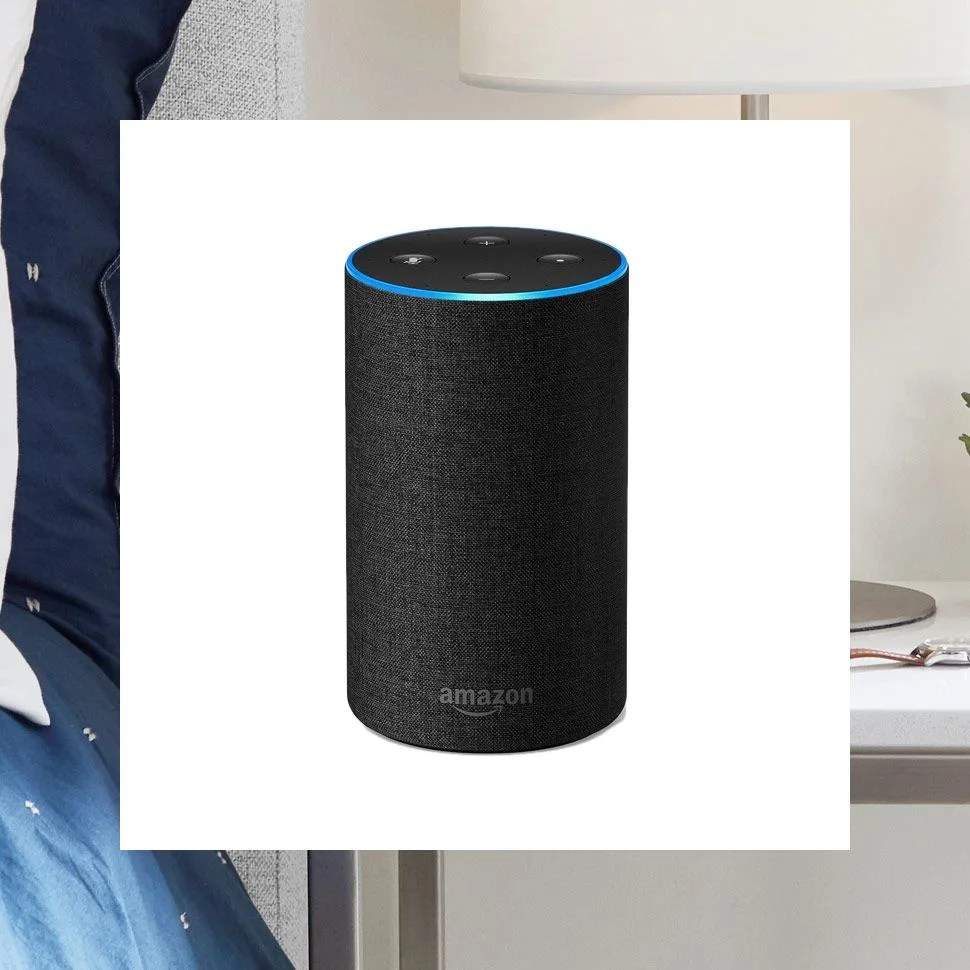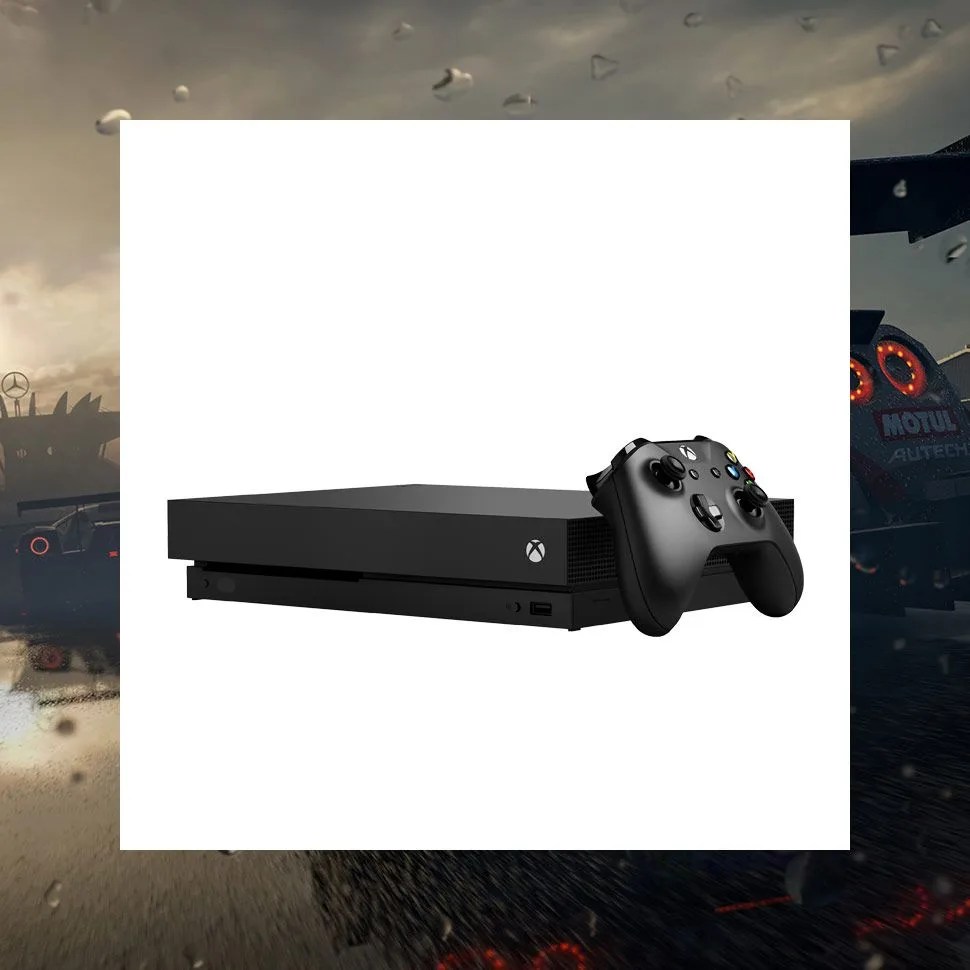For the average consumer, tech has never been better. In fact, thanks to a plethora of professional and consumer reviews, the average joe enjoys a commentary firewall against poorly made tech. The one gotcha? There’s more gear than ever, and it’s full of noise. If you’re of the mindset “buy less, buy better”, then getting the right product can sometimes be a paralysis of choice.
Our one take-away recommendation this year is that you shouldn’t commit to any particular product, but instead commit to an ecosystem and build around that. Are you pot committed to Amazon Prime? Buy an Echo and look for Alexa-enabled devices. Die-hard Apple and iTunes user? Buy Apple hardware. The convenience of compatibility will almost outweigh any short-term pricing decision you make right now, and it ensures your devices work better together for longer.
Elsewhere, we’ve spent the year focusing on the products we love at Gear Patrol: premium audio, high performing photography and camera gear, smartphones, and home entertainment. Our picks, from all your friends here at the Gear Patrol Tech Desk, are below.
— Contributions by Eric Yang (Editor in Chief), Tucker Bowe (Tech Writer) and Henry Phillips (Deputy Photography Editor)
Naim Uniti Atom All-in-One Receiver
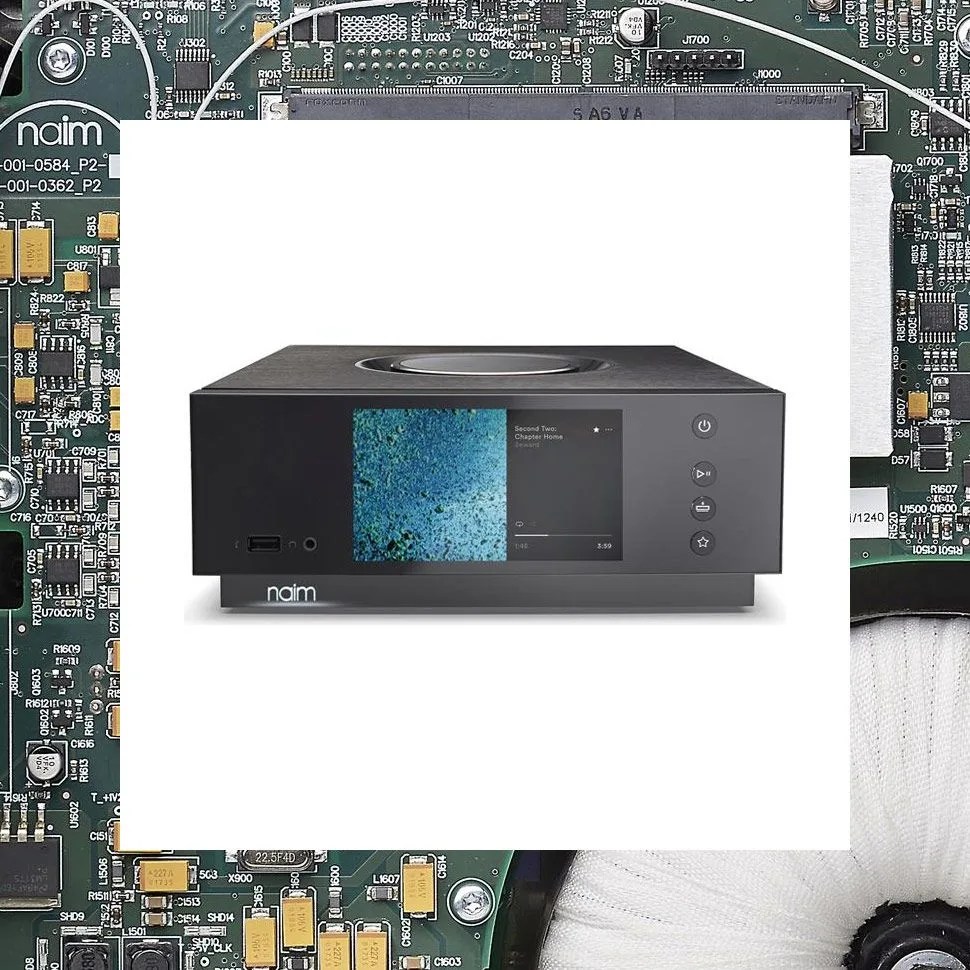
Outside of premium home speakers or high-end components, premium audio hasn’t seen a lot of blockbuster releases; it seems like all the attention goes to portable gadgets and smart speakers these days. But don’t tell that to the folks at Naim. The Uniti Atom is one of the most exciting home audio products we’ve tested in years. Let’s start with how it looks: it’s stunning. Monolithic in black with a beautiful LCD, the Atom’s pièce de résistance is its sauce-sized volume knob on top. Not a single person will walk by the Atom and not want to touch or modulate it.
